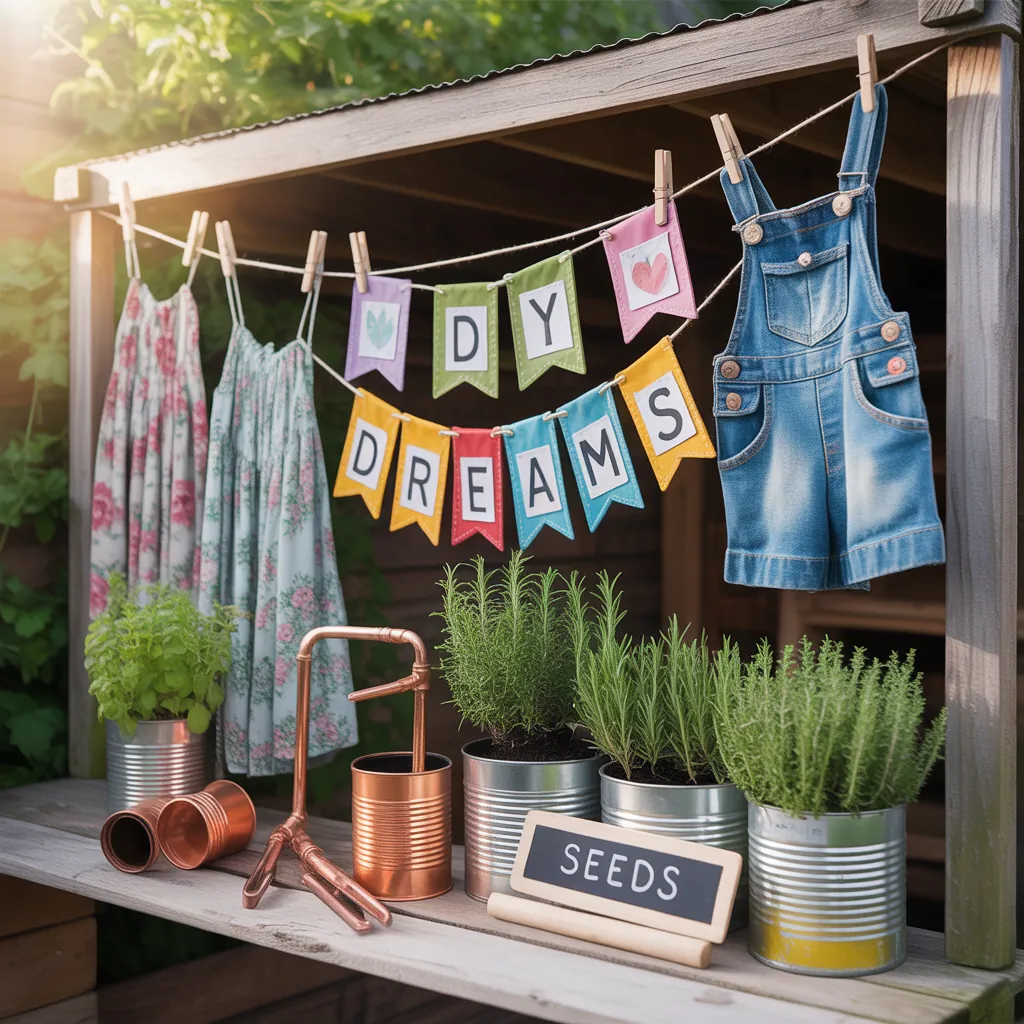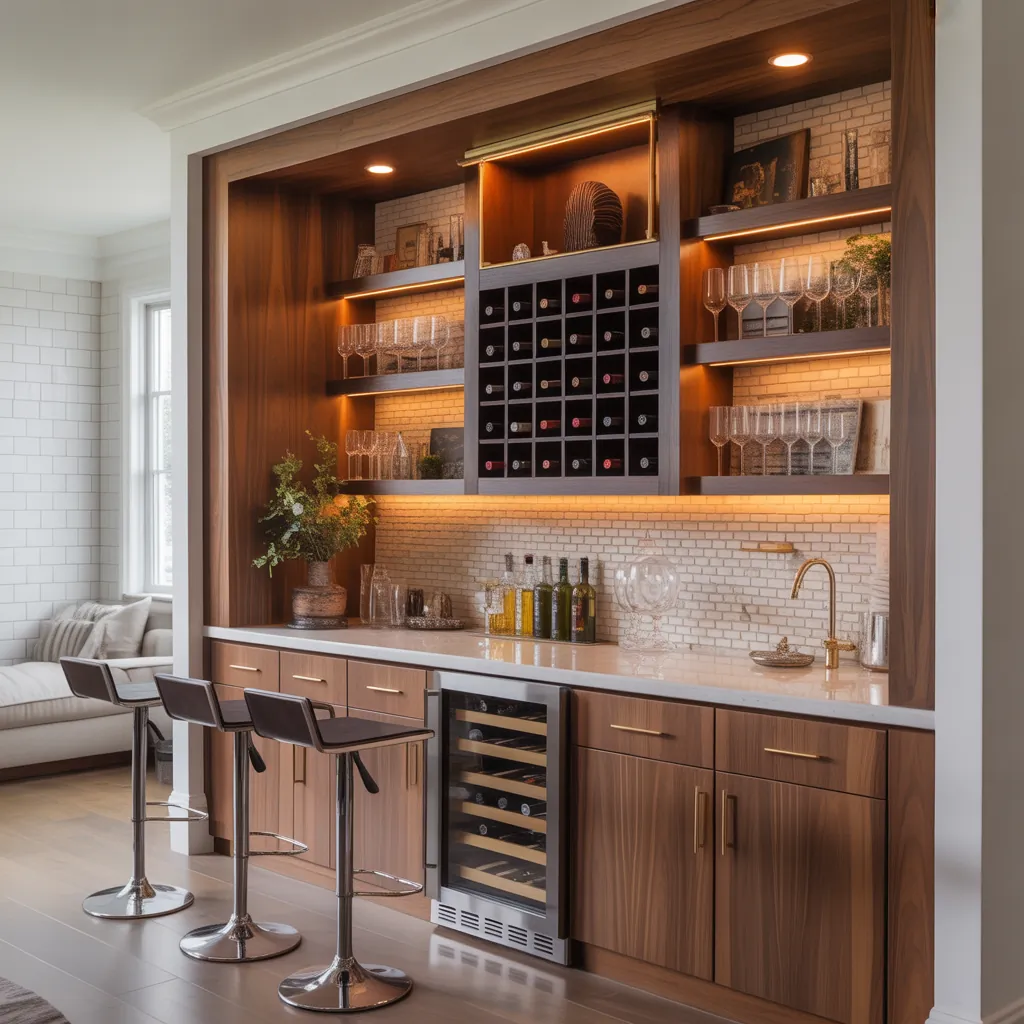Ever wrestled a bulky sectional into place after a weekend furniture delivery and wondered, “Is this the best use of my living room?” You’re not alone. Whether you’re reworking a cramped apartment or refreshing an open-plan family room, choosing the right sectional layout and styling it well can feel like a mini renovation. This guide gives practical, step-by-step ideas and DIY tips so your sectional becomes the room’s best feature—not a layout headache.
Why a Sectional Can Transform Your Living Room
Sectional sofas add flexible seating, define zones in open-plan homes, and often provide more comfort than individual couches. From modular L-shaped couches to U-shaped and corner sectionals, the right piece maximizes seating without clutter. Use these sectional living room ideas to balance scale, flow, and function.
Quick Pre-Planning: Measure, Visualize, Decide
- Measure the room: width, length, ceiling height, and entry pathways.
- Decide the focal point: TV wall, fireplace, window view, or conversation area.
- Visualize layouts: tape the floor to represent footprint of the sectional before moving heavy pieces.
DIY Tip: Floor Tape Mockup
Use painter’s tape to mark the sectional’s footprint and traffic flow. This low-cost step prevents a lot of heavy-lifting and helps you test “floating” vs. “against-the-wall” placement.
Sectional Living Room Ideas by Room Size
Small Living Room Sectional Ideas
- Choose a compact, low-back sectional or a small modular to avoid overwhelming the space.
- Place the sectional against a wall or use a chaise to create depth without blocking walkways.
- Light colors and slender legs create a sense of openness.
Large and Open-Plan Layouts
- Use a U-shaped or large modular sectional to define a conversation zone.
- Float the sectional in the center to anchor an open space and create separation from dining or kitchen areas.
- Add a rug that’s large enough so front sofa legs sit on it — this visually ties the seating area together.
Practical Styling and Design Inspiration
Styling a sectional is about proportion, texture, and the right accessories.
- Layer textures with throws, velvet or knitted pillows, and a wool rug to add warmth.
- Use a console table behind a floating sectional to provide surface space for lamps and plants.
- Mix a statement accent chair with the sectional to create visual interest and additional seating.
Color and Fabric Advice
Neutral upholstery offers longevity, while patterned or darker fabrics hide wear. For busy families, performance fabrics or removable slipcovers are practical choices.
DIY Projects to Upgrade Your Sectional Space
Small, hands-on projects can dramatically improve comfort and look without a full remodel.
Project 1 — Build a Simple Sectional Side Table
- Materials: 1/2″ plywood, wood glue, screws, stain/paint.
- Cut two side panels and a top to match the sectional arm height.
- Assemble with glue and screws, sand edges, and finish with stain.
- Tip: Make the table slightly narrower than the arm width so it tucks in neatly.
Project 2 — Make a No-Sew Slipcover
- Measure each section and buy stretch slipcover fabric by the yard.
- Use fabric adhesive or iron-on hem tape to finish edges—no sewing machine required.
- Add upholstery grips or non-slip pads under the covers to keep them in place.
Project 3 — Convert an Ottoman to Extra Storage
Attach hinges and a simple plywood base to create a lift-top ottoman that hides blankets, toys, or games.
Placement and Layout Tips for Best Flow
- Leave a 3-foot clearance for major walkways and 18 inches between coffee table and sectional for easy movement.
- Angle a sectional slightly in a corner to create a cozier conversation nook in larger rooms.
- Balance bulk with vertical elements—tall plants, a floor lamp, or wall shelves prevent the sectional from visually flattening the room.
Working With a Budget: Smart Swaps and Upgrades
You don’t need to buy a new sectional to refresh your living room. Replace cushions, update legs for a modern mid-century look, or add reversible cushions for seasonal style changes. Little changes go a long way for design on a budget.
Sectional Living Room Ideas for Technology and Media
If your living room doubles as an entertainment hub, plan seating so everyone has a clear view of the TV. For movie nights, consider a deeper seat depth or recliner attachments. Hide cords with cable raceways behind the sectional and anchor a media cabinet to the wall for safety.
Frequently Asked Questions
How do I choose the right size sectional for my living room?
Measure your room and use a floor tape mockup. Ensure paths remain clear and the sectional doesn’t block doors or major walkways. Consider seat depth and how many people you want to seat comfortably.
Can a sectional work in a small living room?
Yes—choose a low-profile, modular, or apartment-sized sectional. Position it against a wall, use light colors, and keep legs exposed to create visual space.
How do I anchor a floating sectional so it feels intentional?
Use a large area rug, a console table behind the sofa, and balanced lighting. Place furniture so the sectional faces the focal point and leave consistent spacing from walls and other elements to create a cohesive zone.
Conclusion: Bring These Sectional Living Room Ideas to Life
With thoughtful planning, small DIY upgrades, and a few styling moves, your sectional can become the centerpiece of a welcoming, functional living room. Start by measuring and taping out layouts, try one DIY project like a custom side table or slipcover, and adjust fabrics and accessories to suit your lifestyle. Ready to get started? Browse more DIY projects to find step-by-step tutorials, or check our home design ideas for layout inspiration. If you’re also thinking about open-plan spaces near the kitchen, look into kitchen upgrades that complement your living area.
Want help planning a layout or picking fabrics? Share a photo and measurements of your room and I’ll suggest specific sectional placement and styling tips.
Related pages:
DIY projects,
home design ideas,
kitchen upgrades



